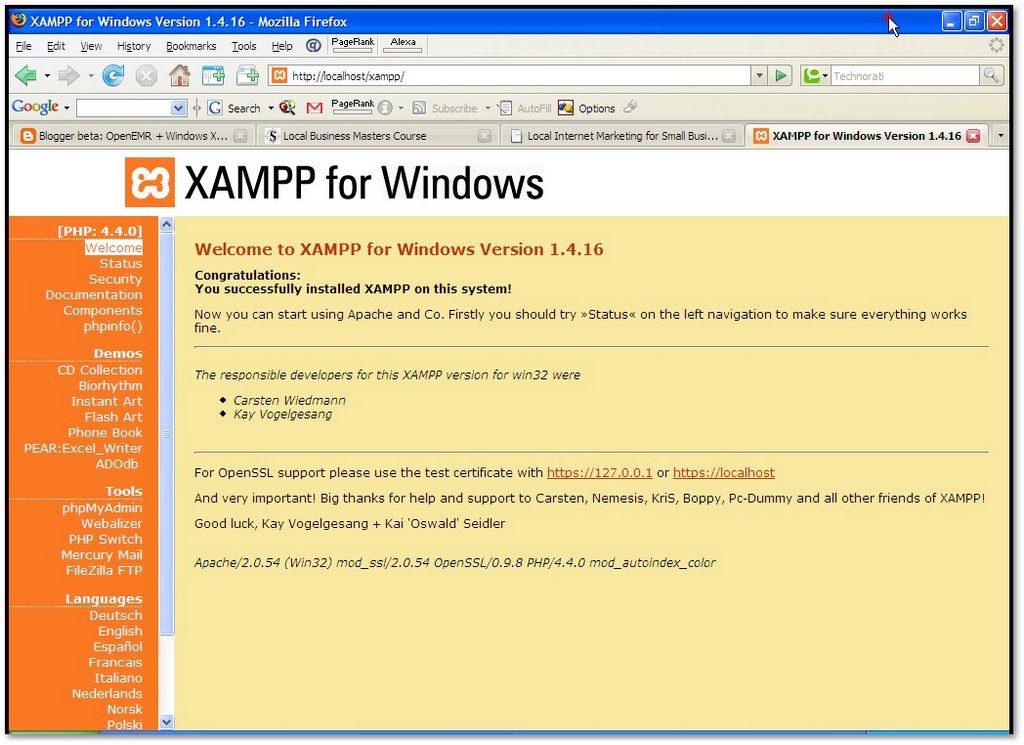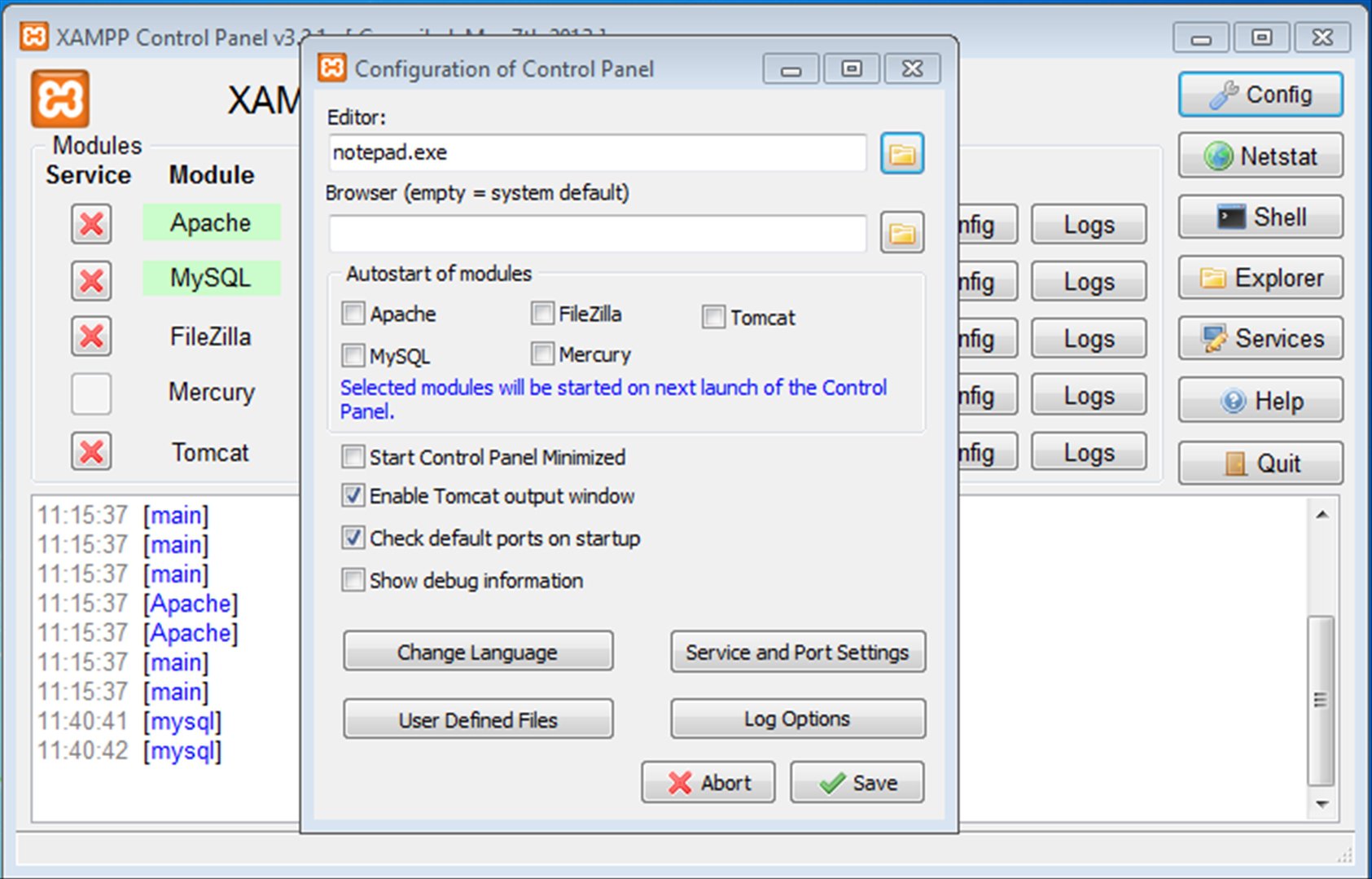

XAMPP stands for eXtremely Accelerated Multi-Processing Packet Processing (A) Apache server, (M) MariaDB, (P) PHP, and (P) Perl.

The following is a brief overview of these elements. Perl is a web creation programming language, PHP is a backend scripting language, and MariaDB is MySQL’s most widely used database. It is a framework that provides a suitable environment for testing and verifying the functionality of projects based on Apache, Perl, MySQL, and PHP using the host’s framework. Until releasing a website or client to the main cloud, XAMPP allows a local host or server to validate it on computers and laptops. It’s an open-source web-solutions kit that provides Apache delivery for a variety of servers and command-line executables, as well as Apache api, MariaDB, PHP, and Perl modules. Enter your license code there.XAMPP is an acronym that stands for Cross-Platform, Apache, MySQL, PHP, and Perl, with the Ps standing for PHP and Perl, respectively. With that done, from the primary sidebar of wp-admin, go to Elementor → License.


This time upload the Elementor Pro archive manually. Go back to your wp-admin and proceed to Plugins → Add New one more time. You’ll get a license key that you’ll need to enter when activating Elementor Pro on your site. For that, click on the view websites button on the same page (screenshot above), and then add your website address there. You also need to generate a new API key for your copy of Elementor Pro. After that, you’ll be able to download the add-on from your customer profile. To install the pro add-on, you first have to go to and buy a subscription. 💡 Here’s a separate guide on how to install any WordPress plugin in case you need more guidance. Simply go to your wp-admin → Plugins → Add New, and enter “Elementor” into the box.The installation process of Elementor free is just like any other plugin’s:


 0 kommentar(er)
0 kommentar(er)
